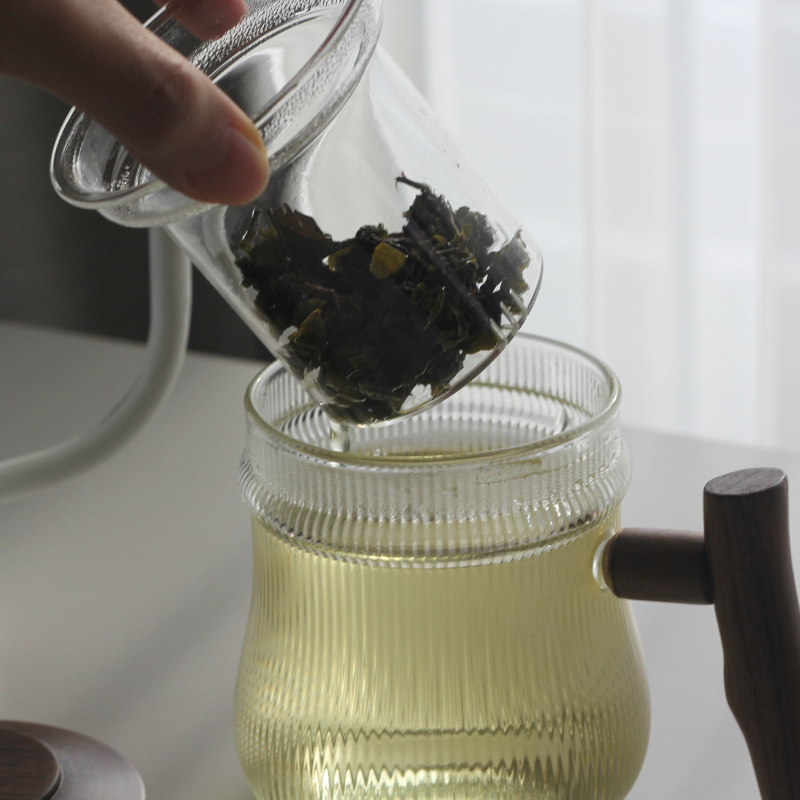[Hadong Tea History] Tracing 1200 years of Korean Tea
Korean tea culture might feel unfamiliar to many people, as the image of tea is often strongly associated with China or Japan.
Korea also has a rich tea history.
We're going to delve into the Hadong region today, as it is considered the birthplace and central hub of Korean tea culture of 1200 years!
The Beginning
The history of Hadong tea began in 828 AD, during the reign of King Heungdeok of the Silla Dynasty, when envoy Daeryeom (김대렴) brought tea seeds from Tang China and planted them along the slopes near the Hwagae Stream (화개천), in the foothills of Jirisan Mountain.
This event is officially recorded as the first instance of tea cultivation in Korea and is well-documented in the historical text of Korea's Three Kingdoms, "Samguk Sagi (삼국사기)."
The Growth
Hadong’s natural environment is perfectly suited for tea cultivation. Its fertile soil, mild climate, and abundant rainfall provide ideal conditions for tea plants to thrive and produce superior-quality tea.
Hadong tea quickly gained a reputation for its excellent quality and flavor. During the Goryeo Dynasty, Hadong tea became highly valued and was regularly presented as tribute to the royal family.
By the Joseon Dynasty, Hadong tea became an essential gift for envoys traveling to China, thus gaining international acclaim. It was particularly cherished by royalty and the aristocracy, earning the nickname "King’s Green Tea."
The Hiatus
However, in the early 20th century, during the Japanese colonial era, Hadong tea faced significant challenges due to the massive influx of Japanese teas -- not to mention that most Koreans couldn't afford tea anyway. The introduction of mechanized tea production and Japan's increased production through other colonies also contributed to the decline in Korea. Many traditional tea plantations essentially disappeared.
The 21st Century
Nevertheless, local residents persevered in their efforts to preserve and protect their heritage. Throughout war-ridden challenges and rapid economic growth fueled by coffee consumption, tea remained quietly in the corners of the South Korean peninsula.
Thanks to the efforts of Boseong and Hadong tea farmers, Korean tea regained its spotlight in the 2002 FIFA World Cup as part of the Korean heritage.
Korean green tea was designated as a Nationally Important Agricultural Heritage in 2015, followed by recognition as a Globally Important Agricultural Heritage System (GIAHS) by the Food and Agriculture Organization of the United Nations (FAO) in 2017. These recognitions underscore the importance of Hadong tea, not merely as an agricultural product, but as a sustainable cultural practice that harmoniously integrates traditional farming techniques with nature.
In Hadong, most tea gardens are family-owned. The cultivation and tea-making techniques are passed down from generation to generation. The 1200-year legacy of Hadong tea continues to resonate deeply, inspiring and captivating people around the world.






![TEA JOURNEY [13] | Tea Tasting Terminology](http://tingeofsoul.com/cdn/shop/articles/IMG_3072.jpg?v=1686898175&width=1080)
Leave a comment